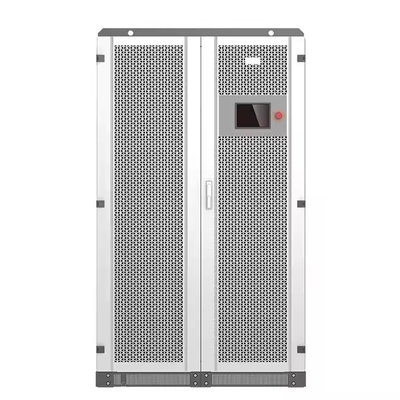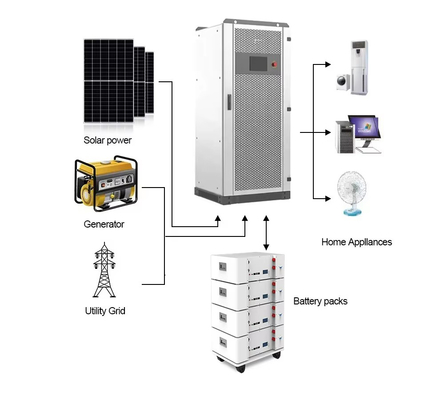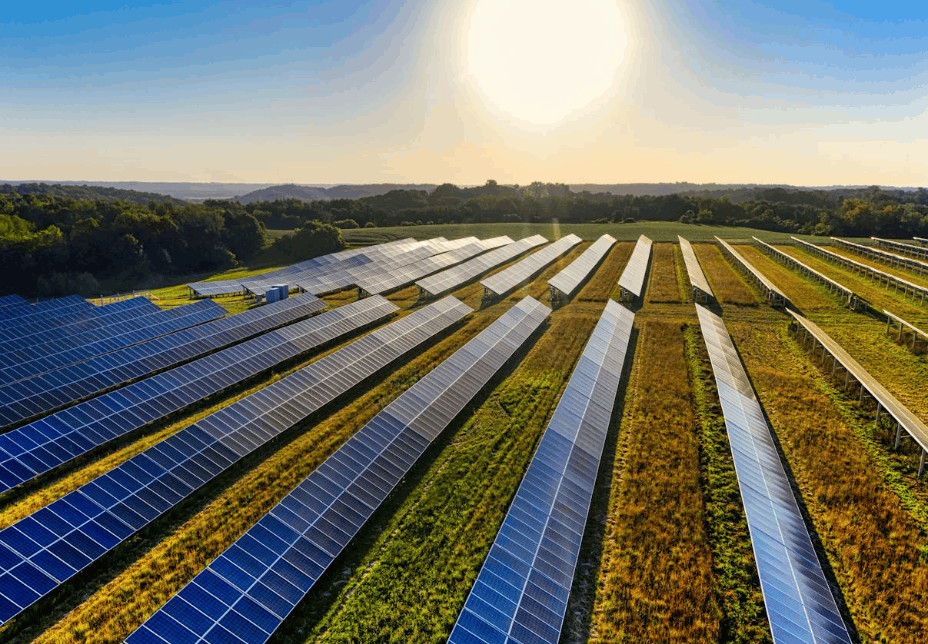30kW 240V High-Leg Delta Hybrid Inverter with Dual MPPT and Split-Phase Output
Industrial-Grade Power Conversion Solution
This specialized 30kW hybrid inverter delivers 240V high-leg delta with split-phase output, uniquely designed for facilities requiring both three-phase motor drives and 120/240V single-phase loads.
*Technical note: Utilizes patented phase-shifting technology to generate true three-phase 240V (line-to-line) with 120V neutral derivation, eliminating the need for external transformers.*
Featuring dual MPPT trackers and 250-850V battery compatibility, it ensures 98% efficiency even in harsh operating environments.
Technical note: The interleaved MPPT topology reduces current ripple by 50% compared to conventional designs, minimizing PV module degradation.
Core Technical Advantages
1. Advanced Voltage Architecture
► 240V high-leg delta with split-phase output
*Technical note: Provides true three-phase 240V (L1-L2-L3) while deriving 120V (L2-N) for legacy equipment without phase imbalance issues*
► 192-276V wide input voltage range
*Technical note: Incorporates automatic voltage regulation with ±2% precision using DSP-controlled IGBT modules*
2. Precision Solar Harvesting
► Dual 18kW/36kW MPPT channels
*Technical note: Features 99.9% tracking efficiency with <0.5s refresh rate using perturb-and-optimize algorithm*
► 250-850V MPPT range
Technical note: Supports up to 20 PV modules in series with 1,000V max input (1,200V surge withstand)
3. Intelligent Battery Management
► 250-850V battery voltage range
Technical note: Compatible with all major lithium chemistries (NMC/LFP) through configurable BMS protocols
► 36kW/72kW charging power
*Technical note: Implements 3-stage charging with temperature-compensated voltage regulation (±0.5% accuracy)*
Compliance and Certification
Technical note: While certifications aren't listed in the document, industrial inverters typically require:
-
UL 1741 SB (Safety)
-
IEEE 1547-2018 (Grid Interconnection)
-
FCC Part 15 Subpart B (EMC)
-
CEI 0-21 (Italian Grid Code)
Technical Specifications
| Parameter |
Specification |
Engineering Insight |
| AC Output THDi |
<3% |
Achieved through 5-level ANPC topology with 16kHz switching frequency |
| PV Cold Start |
250V |
Utilizes bootstrap circuit with 150V minimum wake-up voltage |
| Communication |
CAN 2.0B, Modbus TCP |
Implements galvanic isolation on all communication ports |
Installation Requirements
► Electrical:
*Technical note: Requires copper conductors only (minimum #2 AWG for main outputs) with torque-monitored terminals (12Nm ±10%)*
► Environmental:
*Technical note: For altitudes >3000m, derate output current by 1%/100m above rated elevation*

 Your message must be between 20-3,000 characters!
Your message must be between 20-3,000 characters! Please check your E-mail!
Please check your E-mail!  Your message must be between 20-3,000 characters!
Your message must be between 20-3,000 characters! Please check your E-mail!
Please check your E-mail! 










